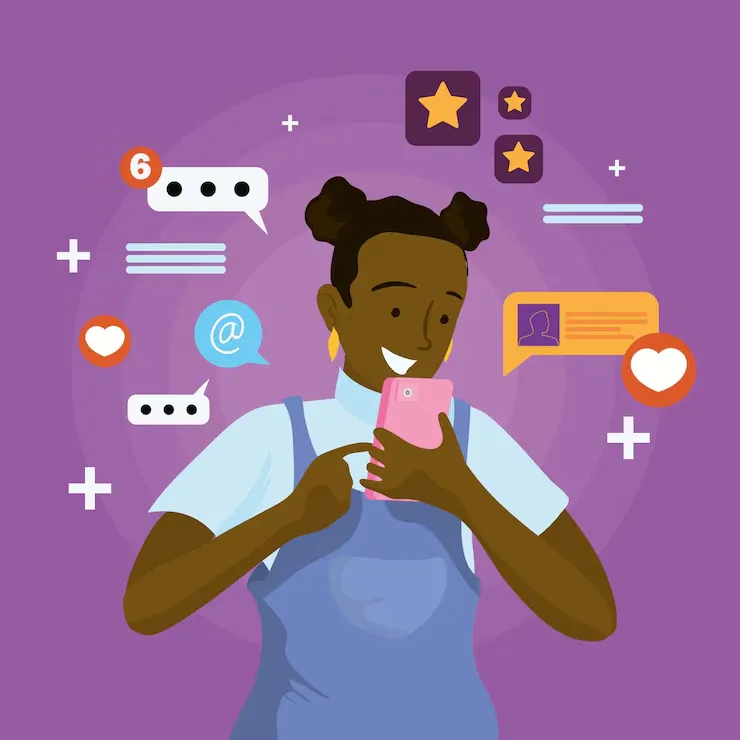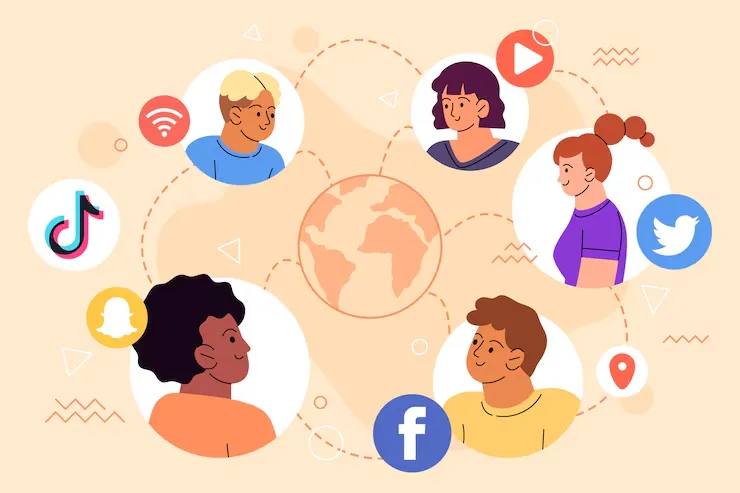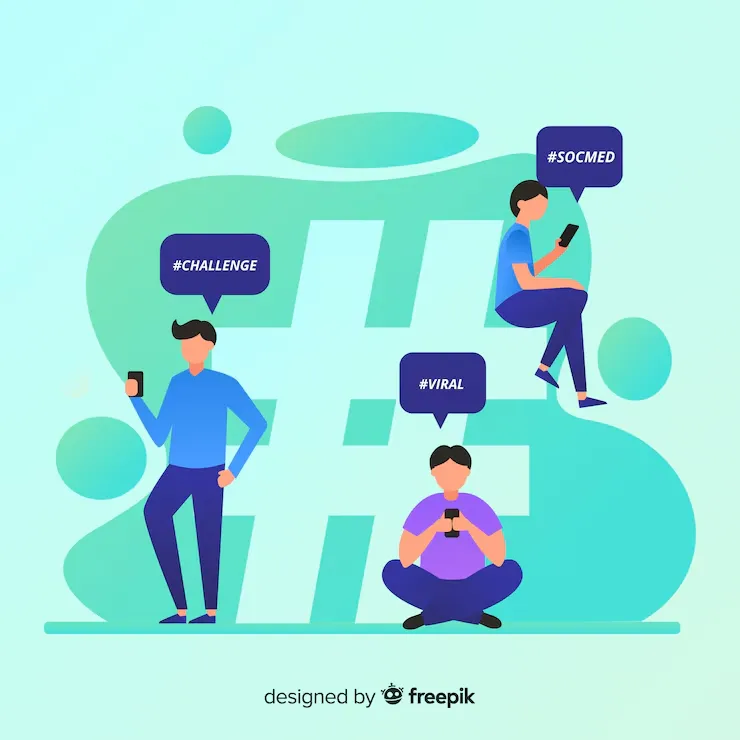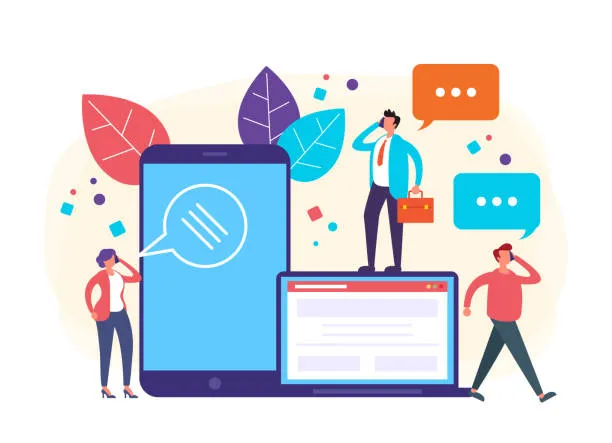We are excited to announce our $2M seed round led by Joa Capital.
Read Now

August 6, 2025
Syed Mohammad Sharfuzzaman Nayeem

You are a shoe salesman sitting in a case pondering about new ideas on how to increase sales. Right behind you is a group of teenagers discussing how they want customized shoes but can’t find any cost-friendly options.
Listening to them for hours, you get an idea of how to increase profits for your shoe business.
Now, imagine the group of teenagers as the whole marketplace and you as your brand. Imagine you are listening to every conversation in the market about industry trends, products, competitors, and so on.
Will you be charged with espionage?
No. This is social listening tools doing their work. To build effective social media strategies or content marketing strategies, you need to be more attuned to your market.
When do social listening tools or competitor monitoring tools come into play?
Understanding your audience in depth, knowing their interests are big advantages for brands. Not just the audience, but knowing about your competitors also helps you get ahead in the game.
And this isn’t just theory. 94% of businesses have claimed that better social media insights have helped them build brand loyalty and image.

67% of marketing professionals consider social listening as an integral part of their marketing strategy. But what does it even mean?
Social listening is the practice of monitoring your brand’s social media channels to identify brand mentions, feedback, or conversations related to your brand and industry.
The point is to understand the audience’s sentiment towards your brand and also identify pain points that you can take advantage of.
Social listening tools cut through the noise to find insights that improve your marketing efforts.

It is better to have a diversified pool of data sources if you want better insights.
The most common data sources include Instagram, Facebook, LinkedIn, X (formerly Twitter), and TikTok. Furthermore, professionals rely on Reddit, Online Forums, YouTube, Blogs, Media Outlets, and Podcasts.
There are tons of case studies out there on how social listening has improved marketing results for brands.
And the stats speak for themselves. For those of you who wonder ‘what is social listening’, it’s one of the most relevant aspects of social media marketing today.

Brandwatch isn’t just a tool, it’s a data powerhouse. It tracks 100+ million sources, from TikTok rants to Reddit deep dives.
89% of Brandwatch users report improved campaign ROI within 6 months.
Hootsuite isn’t just for scheduling posts. Its social listening tools dive into trends, hashtags, and even emoji sentiment (🍕= positive pizza reviews, apparently).
You can save 10+ hours/week by automating reports.
Talkwalker’s Blue Silk™ AI scours 150+ platforms and predicts viral trends before they blow up. Remember the “Corn Kid”? Talkwalker saw it coming.
Need free social listening tools that don’t suck? Mentionlytics offers a forever-free plan for small brands.
FYI, 62% of startups using Mentionlytics double their social engagement in 3 months.
Sprout Social turns complaints into opportunities. Its Smart Inbox consolidates messages from all platforms, while its social listening tools flag unhappy customers.
DeepDive, an AI-powered social listening solution by Markopolo.ai, uses NLP and ML to thoroughly explore every online channel, such as social media platforms, forums, blogs, and news, and identify consumer insights, which are often lost in the noise.
With DeepDive, you get -
Keyhole tracks hashtags and archives them. Want to know how #TreatYoSelf performed in 2018? Keyhole has the receipts.
Agorapulse blends social listening tools with publishing, CRM, and even TikTok management. It’s the ultimate multitasker.
Meltwater scans 200K+ news sites, TV clips, and podcasts. If your CEO’s quoted in a niche podcast, you’ll know.
Don’t sleep on free social listening tools. Especially not on the OG freebie. Google Alerts emails your brand mentions daily. It’s basic but brilliant for bootstrapped brands.
Pro Tip: Set alerts for competitors + “reviews” or “scams.”

If you’re new to the whole social listening tools market and have vague ideas, the ideal way to go forward would be to educate yourself on these models and try out some free social listening tools.
Free social listening tools are a great way to get started without investing much and you can understand whether it integrates with your CRM and suits your business objectives.
However, whatever you do, don’t think of social listening as just a wave. It’s here to stay. And even if you aren’t doing it, your competitors are.
So, start investing in competitor monitoring tools. Reach out to these platforms on their socials or ask for a demo call. Because in 2025, you are supposed to be actively listening and not guessing what your audience is talking about.
Social listening tools track online conversations (social media, forums, news) about your brand, industry, or competitors to analyze sentiment, spot trends, and gather actionable insights.
Many modern tools use AI for sentiment analysis, trend prediction, and image recognition, but not all features are AI-driven.
A brand using Brandwatch to detect sarcasm in TikTok comments about their product and adjust their marketing strategy.
To understand customer sentiment, improve brand reputation, identify opportunities, and respond proactively to crises or trends.
Use competitor monitoring tools (e.g., Brandwatch, Hootsuite) to track their mentions, engagement, and campaigns, and compare metrics like share of voice.
Discover How Audience Intelligence can help your brand grow